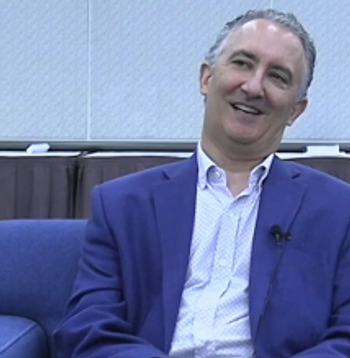
My 12 Best Tips on Psychiatric Diagnosis
Here are 12 tips on how best to ensure accurate and safe diagnosis, based on the introduction to Dr Allen Frances' recent book, The Essentials of Psychiatric Diagnosis.
We already had a crisis in psychiatric diagnosis before DSM-5. It is a sure sign of excess that 25% of us reportedly qualify for a mental disorder and that 20% are on psychiatric medication. Unless checked, DSM-5 will open the floodgates and may turn current diagnostic inflation into future hyperinflation.
Below are my 12 tips on how best to ensure accurate and safe diagnosis:
(1) The less severe the presentation, the more difficult it is to diagnose. There is no bright line demarcating the very heavily populated boundary between mental disorder and normality. Milder problems often resolve spontaneously with time and without need for diagnosis or treatment.
(2) When in doubt, it is safer and more accurate to underdiagnose. It’s easier to step up to a more severe diagnosis than to step down from it.
(3) Children and teenagers are especially hard to diagnose. They have a short track record, varying rates of maturation, may be using drugs, and are reactive to family and environmental stresses. The initial diagnosis is likely to be unstable and inappropriate.
(4) Mental illness is hard to
(5) Take the time and make the effort. It takes time to make the right diagnosis-adequate time for each interview and often multiple interviews over time to see how things are evolving. Except for classic presentations, a quick diagnosis is usually the wrong diagnosis.
(6) Get all the information you can. No one source is ever complete. Triangulation of data from multiple information sources leads to a more reliable diagnosis.
(7) Consider previous diagnoses-but don’t blindly believe them. Based on their tenure, incorrect diagnoses tend to have a long half-life and unfortunate staying power. Always do your own careful evaluation of the patient’s entire longitudinal course.
(8) Constantly revisit the diagnosis. This is especially true when someone is not benefiting from a treatment that is based on it. Clinicians can get tunnel vision once they’ve fixed on a diagnosis, become too married to it, and are blinded to contradictory data.
(9)
(10) If you hear hoof-beats on Broadway, think horses, not zebras! When in doubt, go with the odds. Exotic diagnoses may be fun to think about-but you almost never see them. Stick with the bread and butter.
(11) Accurate diagnosis can bring great benefits; inaccurate diagnosis can bring disaster.
(12) Remember the other enduring dictum from Hippocrates: First, Do No Harm.
(excerpted from the introduction to my book,
Newsletter
Receive trusted psychiatric news, expert analysis, and clinical insights — subscribe today to support your practice and your patients.

















